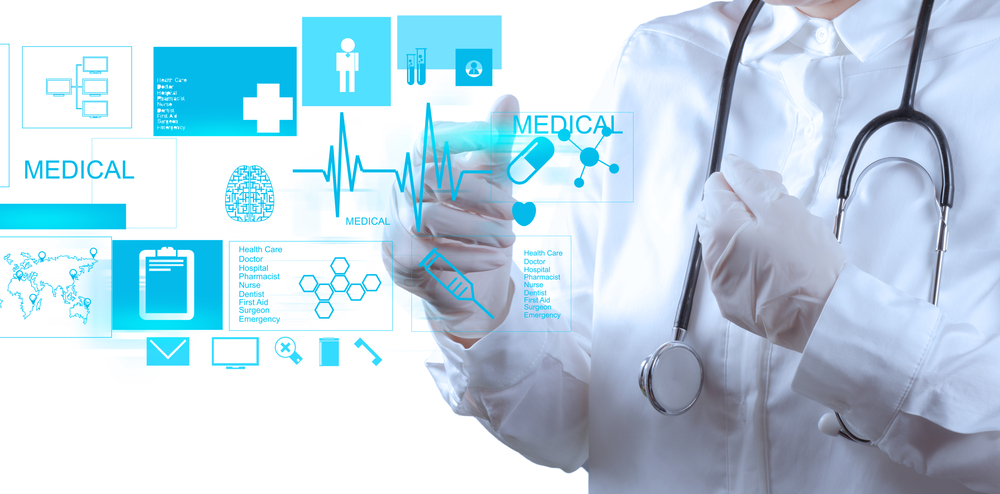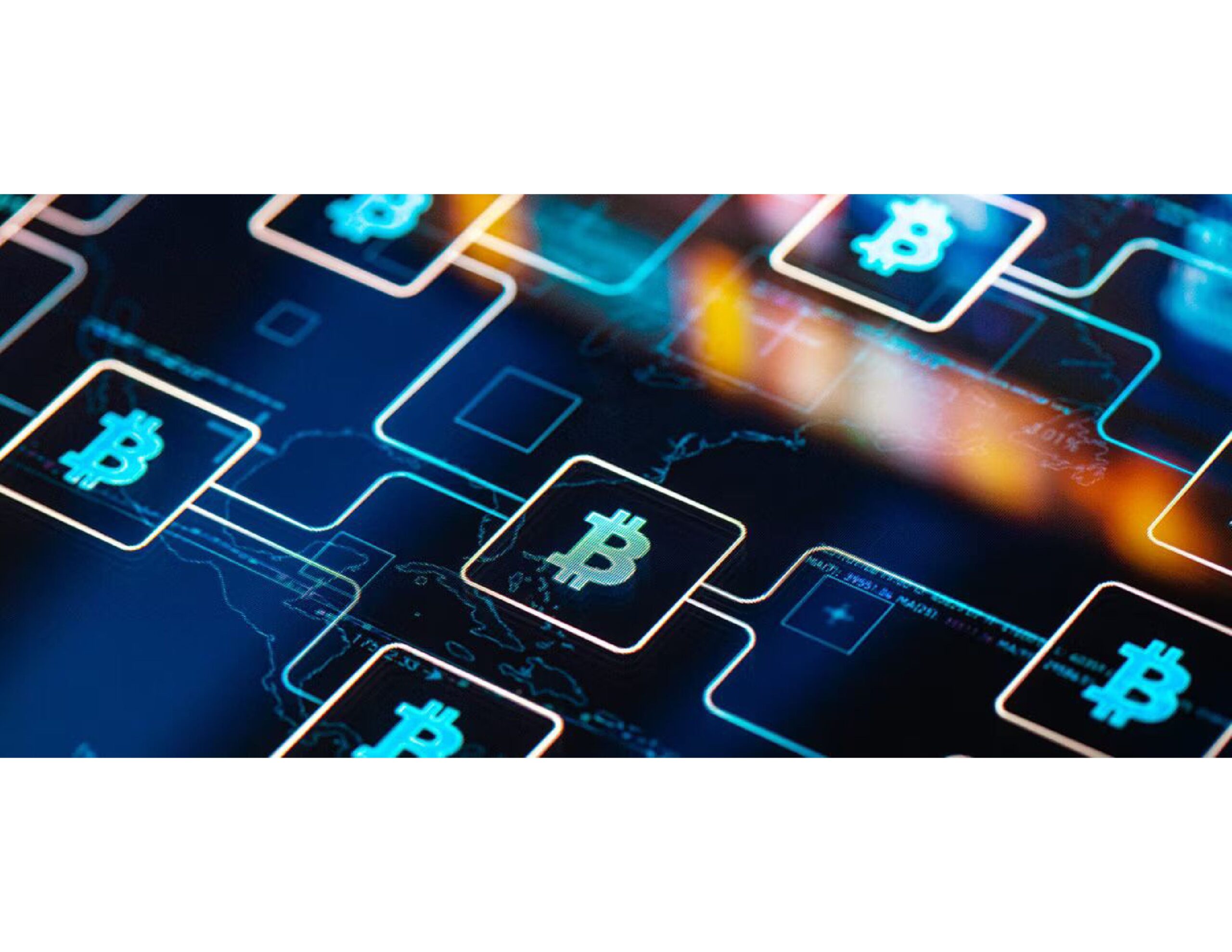
Health Information Technology (IT) encompasses various technologies that store, share, and analyze health information. This technology includes electronic health records (EHRs), telemedicine, mobile health applications, and other digital tools that facilitate the management of healthcare data. Health IT has the potential to revolutionize the healthcare industry by improving patient care, enhancing efficiency, reducing costs, and fostering innovation. This blog explores the economic impact of Health IT, focusing on its benefits, challenges, and prospects.
The Benefits of Health Information Technology
1) Improved Patient Care and Outcomes
Health IT plays a crucial role in enhancing patient care and outcomes. The following are some key benefits:
2) Electronic Health Records (EHRs)
EHRs provide a comprehensive and accessible record of a patient’s medical history, treatments, and test results. This accessibility allows for better-informed decision-making and reduces the risk of medical errors. Studies have shown that the use of EHRs can lead to improved clinical outcomes, such as reduced hospital readmissions and lower mortality rates.
3) Telemedicine
Telemedicine enables remote consultations, allowing patients to receive medical care without visiting healthcare facilities. This technology particularly benefits patients in rural or underserved areas, where access to healthcare services may be limited. Telemedicine can lead to early diagnosis and treatment, improving health outcomes and reducing healthcare costs.
4) Mobile Health Applications
Mobile health applications empower patients to monitor their health, manage chronic conditions, and adhere to treatment plans. These applications can provide medication reminders, track vital signs, and facilitate communication between patients and healthcare providers. Improved self-management of health conditions can lead to better health outcomes and reduced healthcare utilization.
5) Increased Efficiency and Cost Savings
Health IT can streamline healthcare operations, increasing efficiency and cost savings. The following are some key areas where Health IT can make a significant impact:
6) Administrative Efficiency
Health IT can automate administrative tasks like appointment scheduling, billing, and claims processing. Automation reduces the administrative burden on healthcare providers and staff, allowing them to focus on patient care. Additionally, it can reduce the likelihood of errors and improve the accuracy of administrative processes.
7) Reduced Redundancy
EHRs and other Health IT systems can reduce redundancy in healthcare by preventing duplicate tests and procedures. When healthcare providers have access to a patient’s complete medical history, they can avoid ordering unnecessary tests, reducing healthcare costs and improving patient care.
8) Supply Chain Management
Health IT can improve supply chain management in healthcare by optimizing inventory levels and reducing waste. For example, hospitals can use Health IT systems to track the usage of medical supplies and medications, ensuring that they are used efficiently and minimizing the risk of shortages or overstocking.
9) Enhanced Data Analysis and Decision-Making
Health IT enables the collection and analysis of vast amounts of healthcare data, leading to better decision-making and improved population health. The following are some key areas where data analysis can make a significant impact:
10) Predictive Analytics
Predictive analytics uses historical data to forecast future health trends and outcomes. Healthcare providers can use predictive analytics to identify patients at risk of developing chronic conditions, allowing for early intervention and prevention. Predictive analytics can also help healthcare organizations optimize resource allocation and improve patient care.
11) Personalized Medicine
Health IT can support personalized medicine by analyzing patient data to identify individualized treatment plans. By considering a patient’s genetic makeup, lifestyle, and medical history, healthcare providers can develop targeted therapies that are more effective and have fewer side effects. Personalized medicine can lead to better health outcomes and reduced healthcare costs.
12) Population Health Management
Health IT enables the analysis of population health data, allowing healthcare organizations to identify trends, disparities, and areas for improvement. Population health management can help healthcare providers develop targeted interventions to address public health issues, improve health outcomes, and reduce healthcare costs.
Impact of Health Information Technology (HIT)
1) Cost Savings for Healthcare Providers
Health IT can lead to significant cost savings for healthcare providers. The following are some key areas where cost savings can be realized:
2) Reduced Operational Costs
Health IT can streamline healthcare operations, leading to reduced operational costs. For example, automation of administrative tasks can reduce the need for manual labor, lowering labor costs. Additionally, improved supply chain management can reduce waste and optimize inventory levels, leading to cost savings.
3) Improved Resource Utilization
Health IT can improve utilization by optimizing healthcare resources, such as hospital beds, medical equipment, and staff. For example, predictive analytics can help healthcare providers anticipate patient demand and allocate resources more efficiently. Improved resource utilization can lead to cost savings and improved patient care.
4) Reduced Healthcare Utilization
Health IT can reduce healthcare utilization by improving patient care and preventing unnecessary tests and procedures. For example, EHRs can reduce the likelihood of duplicate tests, while telemedicine can reduce the need for in-person visits. Reduced healthcare utilization can lead to significant cost savings for healthcare providers.
5) Economic Benefits for Patients
Health IT can also lead to economic benefits for patients. The following are some key areas where patients can realize cost savings:
6) Reduced Out-of-Pocket Costs
Health IT can reduce patients’ out-of-pocket costs by improving the efficiency of healthcare delivery and reducing the need for unnecessary tests and procedures. For example, telemedicine can reduce travel costs for patients in rural or underserved areas, while mobile health applications can help patients manage chronic conditions and avoid costly hospitalizations.
7) Improved Health Outcomes
Health IT can improve health outcomes, reducing the need for costly medical treatments and interventions. For example, early diagnosis and treatment facilitated by telemedicine can prevent the progression of chronic conditions, reducing the need for expensive treatments. Improved health outcomes can lead to patient cost savings and improved quality of life.
8) Increased Access to Care
Health IT can increase patient care access, particularly those in rural or underserved areas. For example, telemedicine can provide remote consultations, while mobile health applications enable patients to monitor their health and communicate with healthcare providers. Increased access to care can lead to early diagnosis and treatment, improving health outcomes and reducing healthcare costs.
9) Economic Impact on the Healthcare Industry
Health IT can have a significant economic impact on the healthcare industry as a whole. The following are some key areas where Health IT can drive economic growth:
10) Job Creation
Implementing and maintaining Health IT systems can create jobs in the healthcare industry. For example, developing and deploying EHRs, telemedicine platforms, and mobile health applications require skilled IT professionals. Additionally, the need for training and support for healthcare providers and staff can create job opportunities in the healthcare industry.
11) Innovation and Investment
Health IT can drive innovation and investment in the healthcare industry. For example, developing new Health IT solutions can lead to the creation of new companies and industries. Additionally, adopting Health IT can attract investment from venture capital firms and other investors, driving economic growth in the healthcare industry.
12) Improved Efficiency and Productivity
Health IT can improve efficiency and productivity in the healthcare industry, leading to economic growth. For example, automating administrative tasks can reduce the administrative burden on healthcare providers and staff, allowing them to focus on patient care. Improved efficiency and productivity can lead to cost savings and improved patient care, driving economic growth in the healthcare industry.
Challenges and Barriers to Health Information Technology

1) Implementation and Adoption Challenges
Despite the numerous benefits of Health IT, its implementation and adoption have several challenges and barriers. The following are some key challenges:
2) High Initial Costs
Implementing Health IT systems can be costly, requiring significant technology, infrastructure, and training investment. The high initial costs can be a barrier to adoption, particularly for smaller healthcare organizations with limited resources.
3) Technical Challenges
Implementing Health IT systems can be technically challenging, requiring the integration of various technologies and systems. These challenges can lead to delays and increased costs, making it difficult for healthcare organizations to implement Health IT solutions effectively.
4) Resistance to Change
Healthcare providers and staff accustomed to traditional healthcare delivery methods may need more support to adopt health IT. Resistance to change can be a barrier to Health IT adoption, making it difficult for healthcare organizations to implement new technologies effectively.
5) Data Security and Privacy Concerns
Data security and privacy are critical concerns in the implementation of Health IT. The following are some key challenges:
6) Cybersecurity Threats
The increased use of Health IT systems can expose healthcare organizations to cybersecurity threats, such as data breaches and ransomware attacks. Cybersecurity threats can compromise patient data and disrupt healthcare operations, making it essential for healthcare organizations to implement robust security measures.
7) Data Privacy Concerns
The collection and use of patient data can raise privacy concerns, particularly in the context of Health IT. Healthcare organizations must ensure that patient data is protected and used by regulations like the Health Insurance Portability and Accountability Act (HIPAA). Data privacy concerns can be a barrier to adopting Health IT, making it essential for healthcare organizations to address these concerns effectively.
8) Interoperability and Standardization
Interoperability and standardization are critical challenges in the implementation of Health IT. The following are some key challenges:
9) Lack of Interoperability
The lack of interoperability between Health IT systems can be a barrier to the effective use of technology. For example, different EHR systems may need help communicating that it is difficult for healthcare providers to access and share patient data. The lack of interoperability can lead to inefficiencies and increased costs, making it essential for healthcare organizations to address this challenge.
10) Standardization Issues
The lack of standardization in Health IT can be a barrier to the effective use of technology. For example, different Health IT systems may use different data formats and coding systems, making integrating and analyzing data difficult. Standardization issues can lead to inefficiencies and increased costs, making it essential for healthcare organizations to address this challenge.
Future Prospects and Innovations in Health Information Technology
1) Artificial Intelligence and Machine Learning
Artificial intelligence (AI) and machine learning (ML) can revolutionize Health IT by enabling advanced data analysis and decision-making. The following are some key areas where AI and ML can make a significant impact:
2) Predictive Analytics
AI and ML can enhance predictive analytics by analyzing large datasets to identify patterns and trends. Healthcare providers can use predictive analytics to anticipate patient needs, optimize resource allocation, and improve patient care. For example, AI algorithms can predict which patients are at risk of developing chronic conditions, allowing for early intervention and prevention.
3) Personalized Medicine
AI and ML can support personalized medicine by analyzing patient data to identify individualized treatment plans. By considering a patient’s genetic makeup, lifestyle, and medical history, healthcare providers can develop targeted therapies that are more effective and have fewer side effects. Personalized medicine can lead to better health outcomes and reduced healthcare costs.
4) Blockchain Technology
Blockchain technology can enhance data security and privacy in Health IT. The following are some key areas where blockchain technology can make a significant impact:
5) Secure Data Sharing
Blockchain technology can enable secure data sharing by providing a decentralized and tamper-proof ledger of patient data. Healthcare providers can use blockchain technology to share patient data securely, ensuring that data is protected from unauthorized access and tampering. Secure data sharing can improve patient care and reduce healthcare costs.
6) Data Privacy and Consent Management
Blockchain technology can enhance privacy and consent management by providing a transparent and auditable patient data record. Patients can use blockchain technology to control access to their data, ensuring that their preferences use their data. Enhanced data privacy and consent management can improve patient trust and facilitate the adoption of Health IT.
7) Internet of Things (IoT)
The Internet of Things (IoT) has the potential to revolutionize Health IT by enabling real-time monitoring and data collection. The following are some key areas where IoT can make a significant impact:
8) Remote Patient Monitoring
IoT devices can enable remote patient monitoring by collecting real-time data on patients’ vital signs and health conditions. Healthcare providers can use IoT devices to monitor patients remotely, allowing for early diagnosis and intervention. Remote patient monitoring can improve health outcomes and reduce healthcare costs.
9) Smart Medical Devices
IoT devices can enhance medical devices’ functionality by enabling real-time data collection and analysis. For example, smart insulin pumps can adjust insulin delivery based on real-time glucose readings, improving diabetes management. Smart medical devices can also improve patient care and reduce healthcare costs.
Health Information Technology has the potential to revolutionize the healthcare industry by improving patient care, enhancing efficiency, reducing costs, and fostering innovation. The economic impact of Health IT is significant, with potential benefits for healthcare providers, patients, and the healthcare industry as a whole. However, several challenges and barriers to the implementation and adoption of Health IT exist, including high initial costs, technical challenges, data security and privacy concerns, and interoperability and standardization issues.
Despite these challenges, the prospects for Health IT are promising, with innovations in artificial intelligence, blockchain technology, and the Internet of Things offering new opportunities for improving healthcare delivery and outcomes. By addressing the challenges and embracing the opportunities presented by Health IT, healthcare organizations can drive economic growth and improve the health and well-being of patients around the world.


